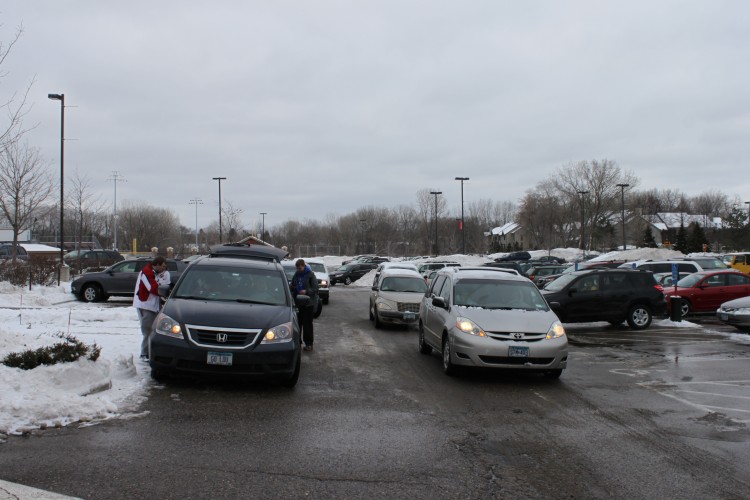No student currently attending Benilde-St. Margaret’s has ever experienced a snow day during their years here. In fact, it has been nearly eleven years since a snow day was granted to students and faculty, often resulting in disappointment when there are large snowfalls. “We tend to not cancel school quickly,” Principal Dr. Sue Skinner said.
With last night’s winter storm warnings, schools across Minnesota considered closing or did due to ice and snow. With many factors to consider, the decision to close school is no small judgement. At BSM, the decision is ultimately made by President Dr. Bob Tift, but Dr. Skinner also assists.
A decision to close school based on weather is not taken lightly, as there are many elements that make up a final decision. “If the roads are impassable, if the busses can’t make it through streets, if there’s sheer ice on the highways, those would be reasons to close,” Dr. Skinner said. Other aspects that would influence the decision regard surrounding school’s decisions. “All of the districts around us would also be closed,” Dr. Skinner said.
Overall, snow days actually encompass a combination of severe weather. “It takes a pretty good amount of snow, or snow with a lot of blowing, ice, and extreme cold,” said Dr. Skinner. It is this steep criteria that prevents snow days from becoming a common occurrence at BSM.
In the event of such weather, students and parents would be notified as soon as possible by new stations, messages on home phones, and email. “We’ve committed to letting people know early, by six o’clock,” Dr. Skinner said. This advanced notice serves to catch students before they attempt the trek to school.
In addition, it is possible that school would close during the day if conditions had worsened to a point where it became necessary. “If they’re predicting a large amount of snow and it’s going to get worse…We would [close school early] for sure,” Dr. Skinner said.
Despite the common frustration amongst students regarding a lack of snow days, the decision to close school is made based upon the safety of students and is not taken lightly. “The prevailing wisdom is that each student and their parents would make a decision: is it safe for me to drive to school? If the answer is no, don’t drive,” Dr. Skinner said.






































![Teacher Lore: Mr. Hillman [Podcast]](https://bsmknighterrant.org/wp-content/uploads/2025/03/teacherlorelogo-1200x685.png)




